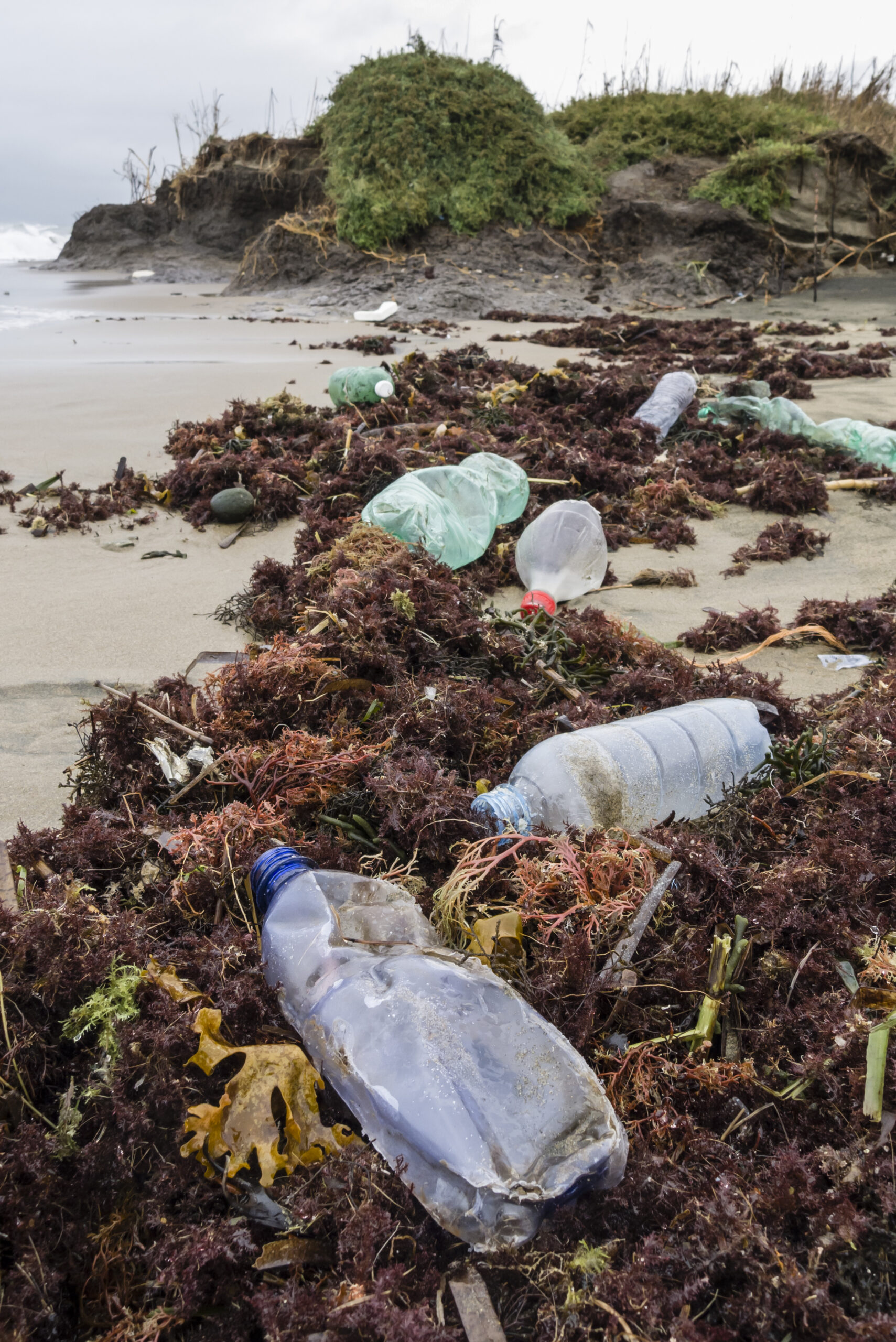5 Not-So-Fun Facts About Plastics in the Arctic
Even the remote Arctic marine ecosystem has a plastics problem

When it comes to the Arctic, there are some facts about plastic pollution that may surprise you.
Did you know that:
- Arctic Ocean surface waters contain the most plastics of any ocean basin.
- 79% of northern fulmar seabirds in Iceland are estimated to have plastics in their stomachs.
- In Nunavut, Canada, 90% of surface water and zooplankton samples and 85% of sediment samples studied contained microplastics or other particles from anthropogenic (human-induced) sources. These particles were not traced to human populations upstream, further confirming that microplastic contamination in the Arctic comes from long-range transport via ocean and atmospheric currents.
- There is potential for a “garbage patch” to form in the Barents Sea based on current plastic pollution trends.
- Prior to 2014, more than 3 million pounds of debris had been removed from Alaska shores, most of which was plastic.
Nearly 200 million metric tons of plastic are estimated to currently pollute our ocean, with an additional 11 million metric tons entering marine environments every year. That’s equal to more than a garbage truck of plastic dumped into the ocean every minute.
Evidence of macroplastic and microplastic contamination in the Arctic is mounting. Studies indicate plastics in the Arctic are from both local and faraway sources, and some parts of the Arctic have as much plastic pollution as industrialized areas in lower latitudes.
Macroplastics

Removing marine debris from remote Arctic areas can be not only expensive and difficult but also dangerous. And when that debris accumulates on remote beaches, community members are often left to remove it, even though they may lack the necessary resources and proper disposal opportunities to do so.
Microplastics
Small plastics are also causing problems. Microplastics (less than 5mm in size) have been detected in environmental samples from snow, ice, seawater, benthic sediments, birds, fish and bottom-dwelling marine organisms in the Arctic, further signaling the broad reach of these pollutants. Many of these particles are thought to be ushered into the Arctic through global long-range air and water transport. High concentrations of microplastics (up to 250 particles per cubic meter) have even been found in Arctic sea ice.
Solutions
Beginning today, March 2nd, the International Symposium on Plastics in the Arctic and Sub-Arctic Region will highlight the issues of marine plastics and their possible solutions. Ocean Conservancy staff are presenting at the conference on our work to prevent ocean plastics both big and small in the Arctic region, from the largest forms of ghost gear to the tiniest of microplastics. Be sure to tune in for updates on this work and to learn more about the important and emerging issue of combatting ocean plastics in the Arctic.